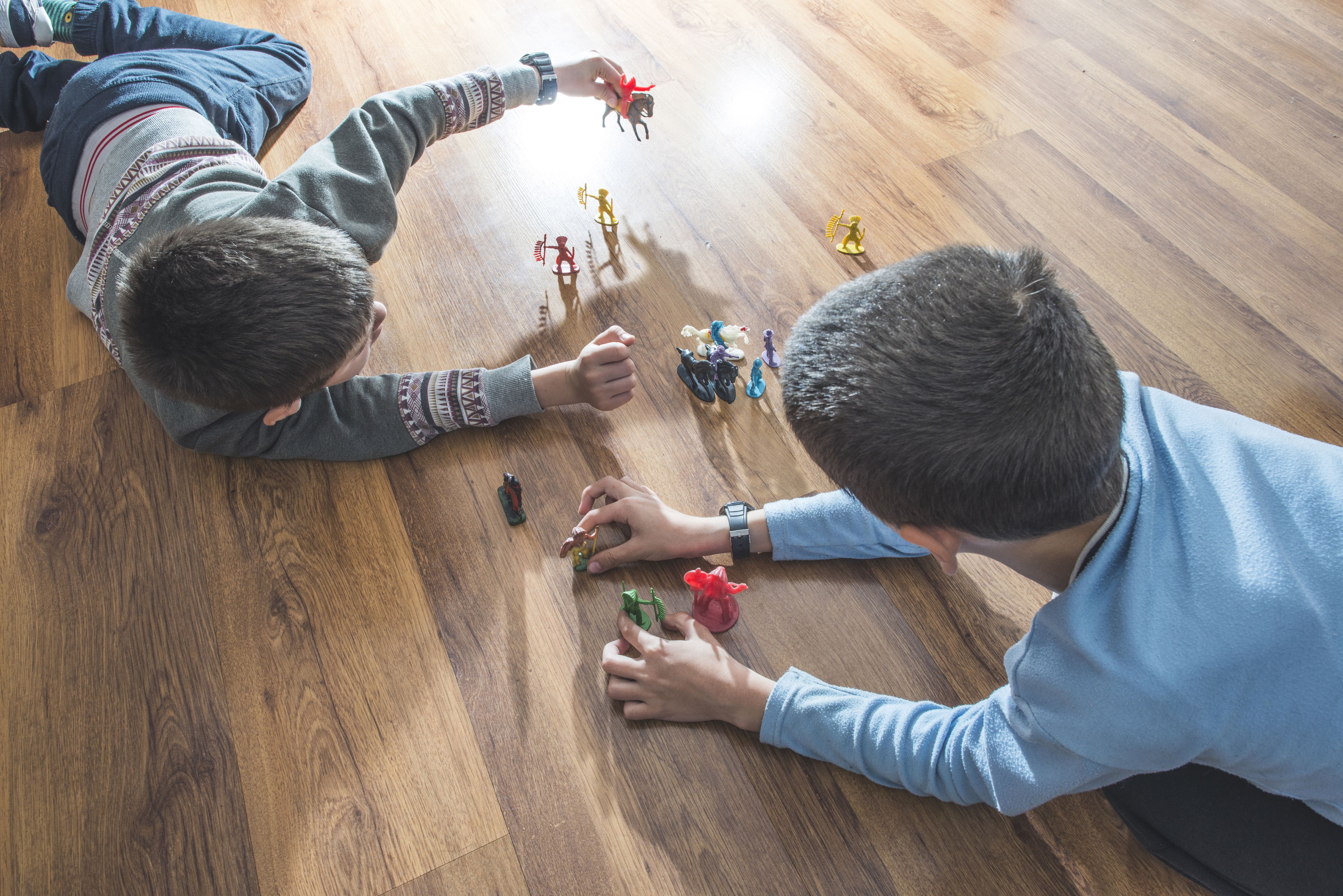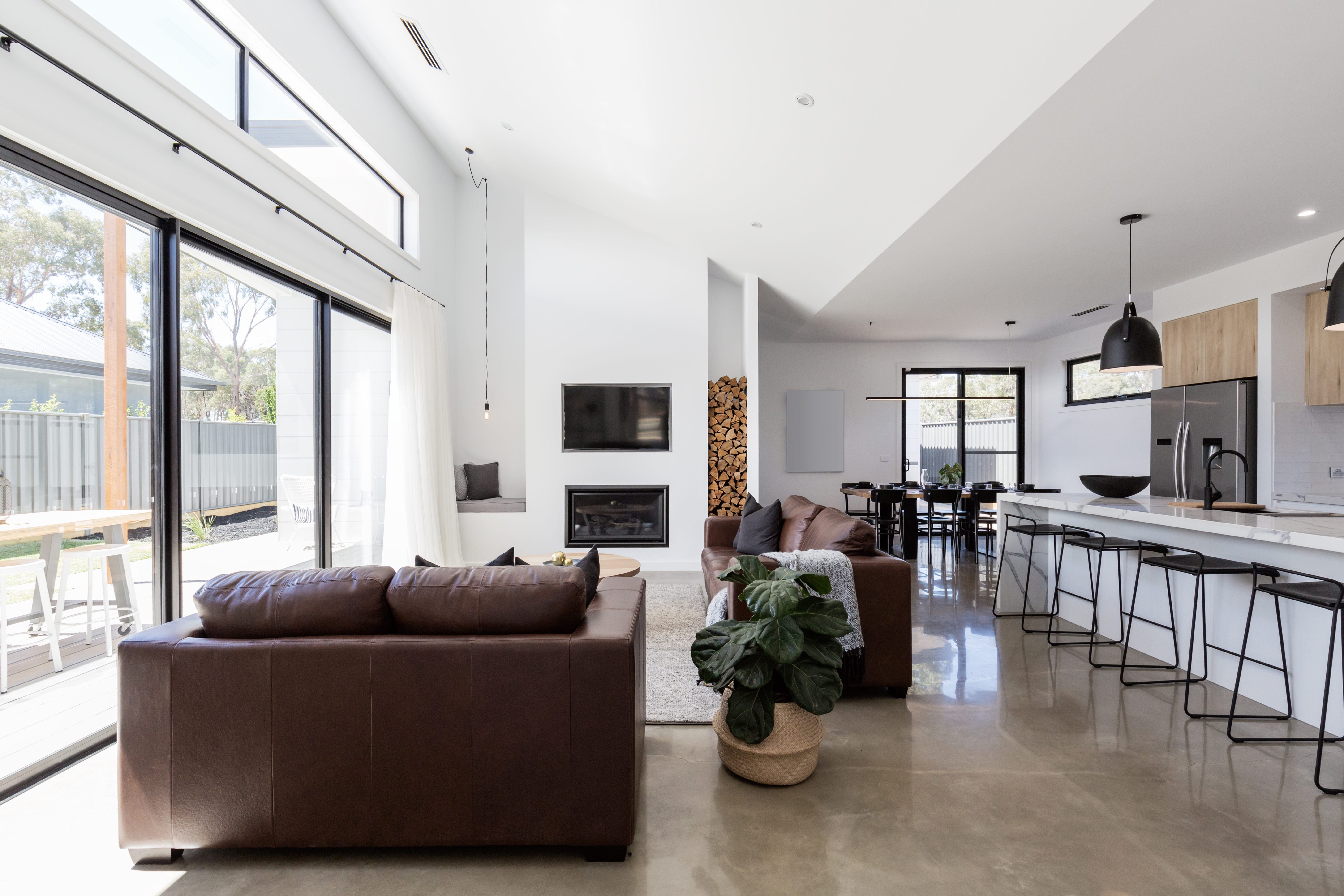
Warm floors, warm feet. Learn how much radiant heated floor costs, types of radiant floor heating systems, and pros and cons.
Don’t cut corners if you want a flawless floor


Baseboards add a finishing touch to your walls while protecting them from damage.
Baseboards help prevent stains on new carpet and make carpet removal easier down the road.
The standard height for baseboards is 3 to 5 inches.
You can use flexible caulking or color-matching filler to fill the gap between carpets and baseboards.
Installing baseboards requires precision and is often best left to a pro.
When it comes to home improvement projects, timing is everything. One common dilemma many weekend warriors face is whether to install a baseboard before or after carpet. This decision can significantly impact the final outcome of your project, affecting both aesthetics and functionality. Let’s explore the factors to consider and the best approach to ensure a seamless and polished finish for your new floors.
Beyond adding a finishing touch to your interior design, baseboards play a crucial role in protecting your walls from damage caused by vacuums, water spills, or furniture. Most types of baseboards also cover the tack strip along the perimeter of the room, providing a clean and cohesive look. Additionally, they help hide imperfections in the flooring installation and prevent dirt and debris from accumulating in the tiny crevices between the wall and floor.

While both baseboard and carpet installation can technically occur in any order, professionals often recommend installing baseboards first, followed by carpet. This sequence offers several advantages, ensuring a smoother and more efficient process overall.
Installing baseboards before carpet helps prevent potential stains and damage to your newly laid carpet. When baseboards are installed after carpet, there's a risk of paint, caulking, or other construction materials splattering onto the carpet fibers during installation. This can result in unsightly stains that are challenging to remove, compromising the appearance and longevity of your carpet.
By installing baseboards before carpet, you create a clear boundary between the flooring and the walls. This makes it easier to replace or update your carpet in the future without having to remove or adjust the baseboards. If you install the carpet first, the baseboards may be installed too tightly against the carpet, making it difficult to remove the carpet without causing damage.
Maintaining a consistent distance between the baseboard trim and the subfloor is essential for achieving a professional-looking finish. When baseboards are installed before carpet, this measurement is more accurate and consistent around the entire room. Conversely, if the carpet is installed first, variations in carpet thickness or installation can affect the placement of the baseboard trim, resulting in an uneven appearance.
During the carpet installation process, it's not uncommon for baseboard trim to sustain minor dings or scuffs. However, touching up paint or caulking on the trim is a relatively simple task compared to cleaning spills and stains from carpet fibers or repairing damaged carpet. Installing baseboards before carpet minimizes the risk of damage to both the trim and the carpet, ensuring a cleaner and more polished finish.
Use these expert tips to make your next renovation project a success.
Measure and mark the desired height for the baseboards along the walls, accounting for any variations in floor level.
Use a properly sized spacer to ensure you leave an adequate gap for the carpeting.
If you’re staining or painting baseboards, do so before installing the carpet.
Use painter’s tape or another protective barrier over the baseboards while installing carpet to prevent damage.

Even if you measure and use spacers when installing your baseboards, there may be imperfections. If there’s a small gap between the baseboard and the carpet after installation, you can fill it with flexible caulking or a color-matched filler. Apply the caulking or filler along the baseboard gap, smoothing it out with a putty knife or your finger for a seamless finish.
While installing baseboards is a DIY-friendly project, it requires precision and attention to detail to achieve a polished finish. If you're comfortable with basic carpentry tasks and have the necessary tools, you can tackle the project yourself. However, if you're unsure, want to save yourself time and energy, or prefer to ensure a flawless result, hiring a local baseboard installer is the way to go.
Alpha Pro Construction is the best around. Carmine and his crew provided me with fast and professional service. I had a very large roof to repair and I was shocked they did the entire job in one day. They cleaned up everything and took special care to protect my pool while they worked....
Art and Shawn were both thorough and methodical, from the deconstruction of the existing cabinetry to the building of shelves to fit a custom space, to installation of floor tiles, the work was careful and top notch. There were some unexpected hitches (one involving rehanging a door) but they...
From average costs to expert advice, get all the answers you need to get your job done.

Warm floors, warm feet. Learn how much radiant heated floor costs, types of radiant floor heating systems, and pros and cons.

Updated flooring can make any room in your home feel brand new. Explore flooring installation costs in St. Louis, MO, from materials to labor costs.

Discover vinyl flooring installation costs, including average prices, key cost factors, and tips to save on your new floors.

Learn how to fix scratches in bamboo flooring with these simple DIY strategies and what to do to prevent them from returning.

Updated flooring can make any room in your home feel brand new. Explore flooring installation costs in Dallas, TX, from materials to labor costs.

The best flooring to install over concrete can handle the material’s porosity. From vinyl to tile, this guide will run you through the best options.